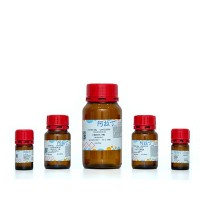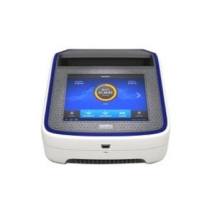Isoelectric focusing (IEF) is considered as an attractive separation technique for biologically amphoteric compounds (e.g., proteins and peptides) based on their isoelectric point (pI). With the advancement in micromachining technology, microchip format IEF has attracted significant attention. Both single-point and whole column imaging detection (WCID) methods have been employed for analyzing the separation performance in a microchip. WCID is more favorable than single-point detection because the latter requires the focused bands to be mobilized and thus adds more complexity to the design and operation of such microchips. Fluorescence- and UV absorbance-based WCID have been successfully adapted in glass and PDMS microchips. We have developed polydimethylsiloxane (PDMS) microchips for IEF applications where UV-WCID is employed for evaluating the separation performance. The chips are designed for use in the iCE280 analyzer (Convergent Bioscience Inc., Toronto), for capillary-based IEF where UV-WCID is employed for analyzing the separation performance. Three kinds of microchips that have been successfully developed using standard soft lithography technology are described in detail.






